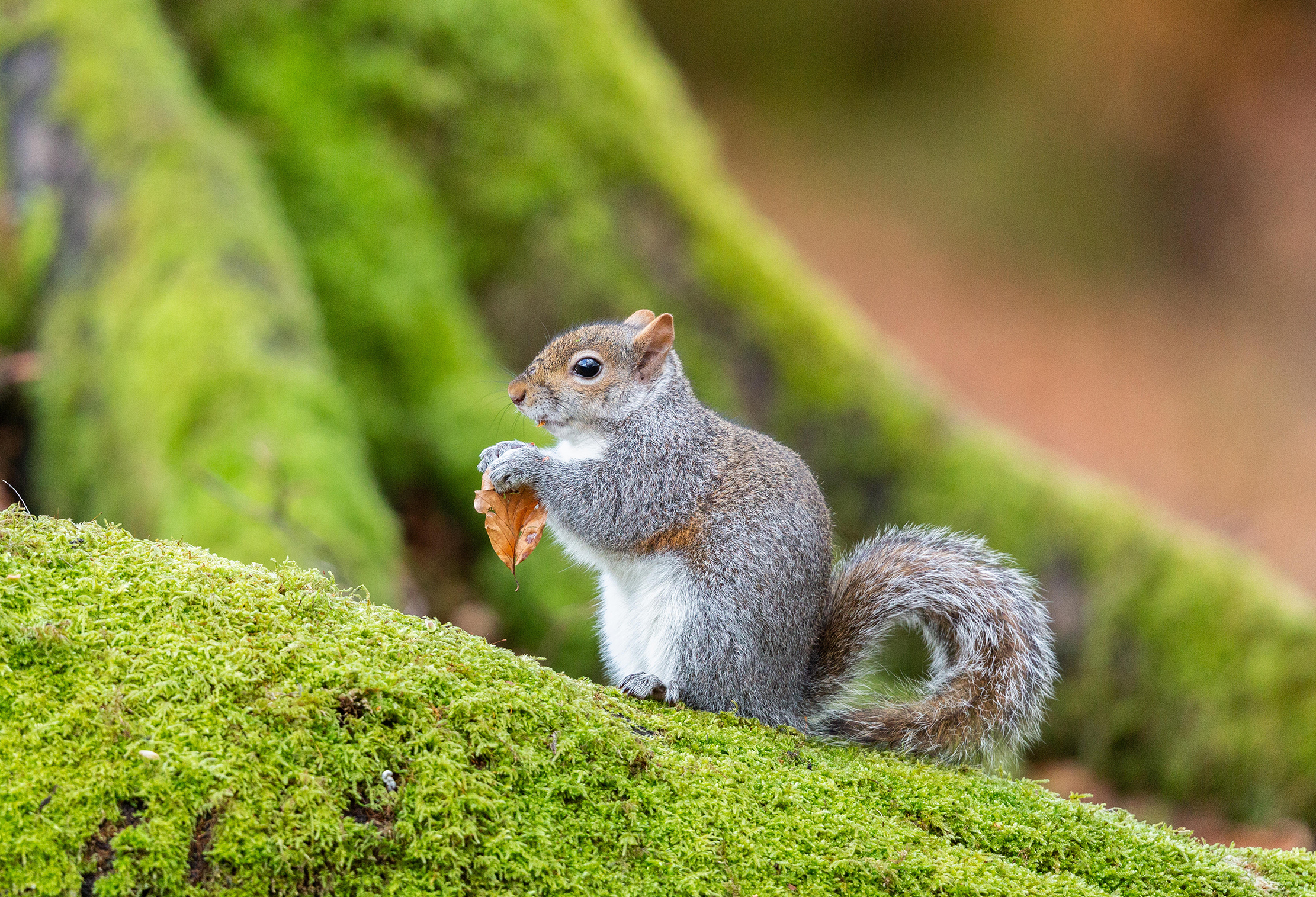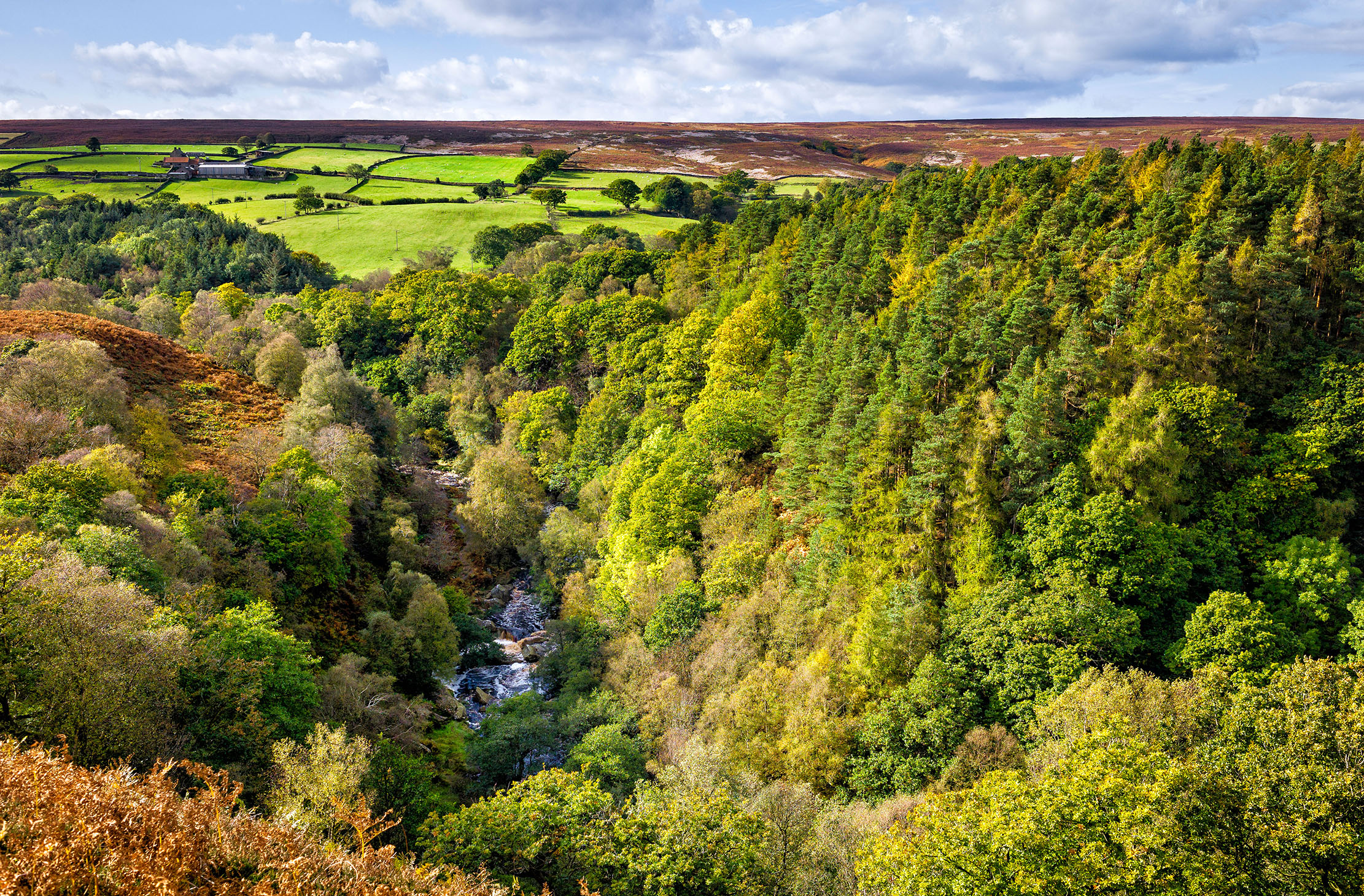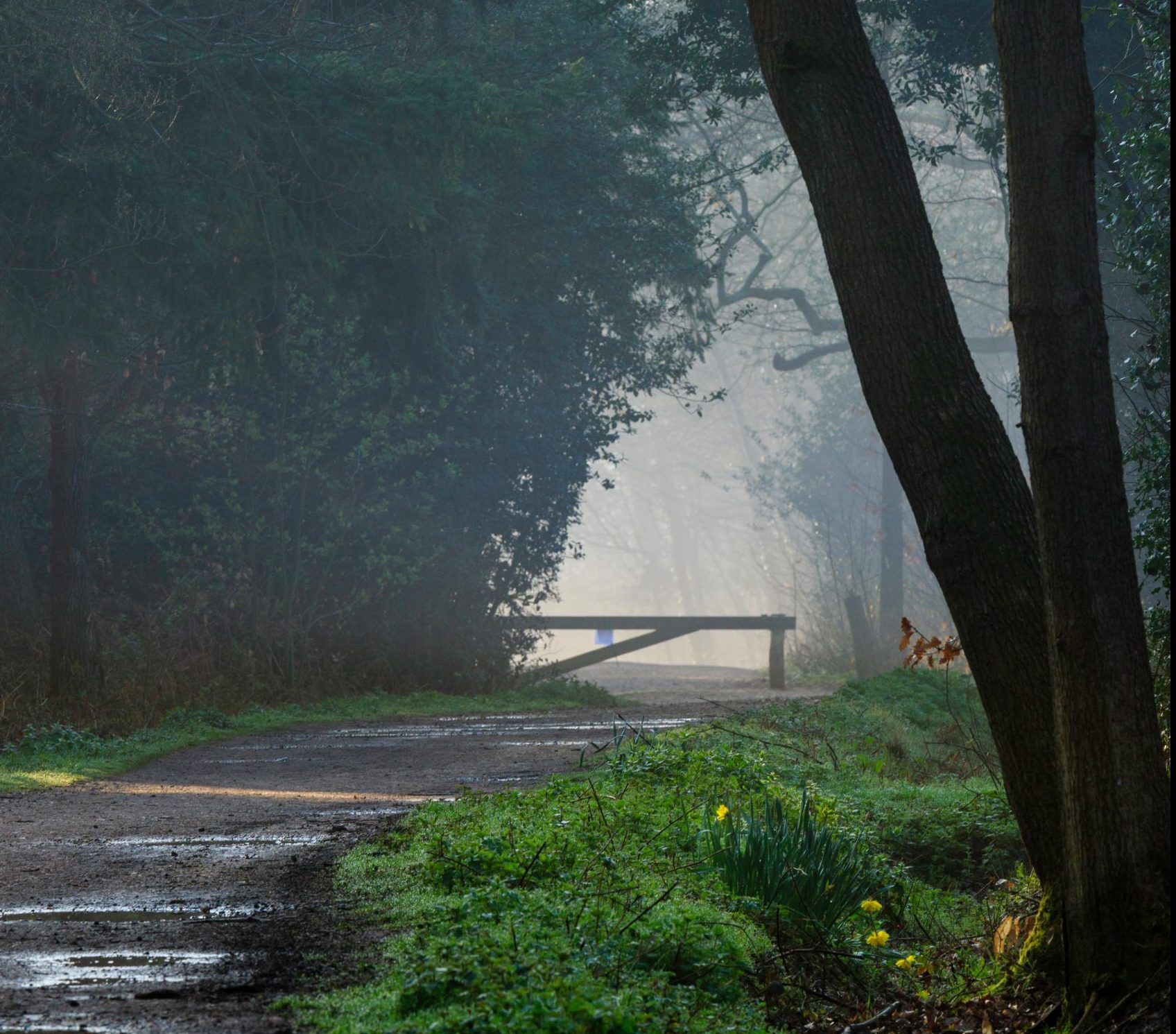Huge swathes of Britain will be replanted with trees. But where will they be? Who will do it? Who pays? And, critically, which trees should we be planting?
The Government has promised to plant 60 million trees by 2024. It’s a laudable aim, but there are taxing questions to answer about practicalities, such as funding, work force, which species, where to get them from and where to plant them. John Grimshaw, director of the Yorkshire Arboretum, explains more.


N.B. John’s article was written prior to the coronavirus outbreak, which is almost certain to have an impact on the scale, ambition, timing and financing of the tree planting plan.
Trees form the background to our lives, enriching and beautifying the landscape in towns and country alike and providing quantifiable benefits to wellbeing and social cohesion. Alone or together as woods, they provide habitat for complex ecosystems, ameliorate microclimates, slow the flow of rainfall and capture pollutants, as well as being the source of wood for timber and fuel. Wood is the consequence of perhaps the most important function of trees, the capturing of large quantities of carbon from the atmosphere, releasing oxygen in exchange.
During the December 2019 General Election campaign, all political parties made great claims about the numbers they wanted to see planted: 30 million per year for a five-year term for the Conservatives; 60 million each year until 2045 for the Liberal Democrats. Labour pledged an astonishing two billion by 2040; pundits quickly calculated that this would mean planting 270,000 per day for the whole 20 years.
From the Budget in March, we now know that the Conservatives have scaled back to the less ambitious 60 million new trees up to 2024, covering ‘an area the size of Birmingham’ — the coronavirus crisis may reduce that ambition still further. It’s not nearly enough if the UK is to become carbon neutral by 2050, say environmental campaigners, but even so, translating this pledge to reality begs many weighty questions.
Where will this planting take place? Who will do it? How will it be funded? What form should these woods take — are they only for carbon capture in a natural cycle or are they envisaged as timber sources for the future? And, critically, which trees should we be planting?
"There is no silver bullet. Mixed woodland will be most resilient, with a diversity of species rather than the foresters’ favourite monocultures"
About 40 species arrived on our shores between the end of the Ice Age and the opening of the English Channel some 8,000 years ago. They formed a mosaic of woods, whose species diversity and abundance constantly changed as the climate warmed and habitats developed — all before widespread woodland clearance started with the reappearance of humans.
Ever since, people have added to this tiny number. The Romans brought sweet chestnut, walnut and the English elm; sycamore, Norway maple and Norway fir arrived in the Middle Ages and the first American trees were here by the 1630s.
Exquisite houses, the beauty of Nature, and how to get the most from your life, straight to your inbox.
Each generation has explored further, bringing new ones from all over the temperate world, blurring the boundaries between native and non-native, with the result that there are now more than 3,000 species here, according to dendrologist Owen Johnson. It’s an incredibly rich pool from which to draw for our brave new planting schemes and I believe we need to use it to the maximum.

With any new planting, there are two major factors to consider: climate change and pests and diseases. Both make it unsafe to keep on planting the same species in the same places — we have to be smarter than that if we want to see resilient wooded landscapes into the future or achieve anything like our national carbon-capture goals.
There is no silver bullet. Mixed woodland will be most resilient, with a diversity of species rather than the foresters’ favourite monocultures. Social distancing protects trees, as well as humans, from disease.
Serious sickness issues are affecting all sorts of trees — I can just remember the last wave of Dutch elm disease, which took out the majority of the country’s large elms in the space of a decade. Slower in its effects, but ultimately more devastating, is ash dieback, which will remove most of the 90 million ash trees here. Vast tracts of larch have had to be felled to try to contain Phytophthora ramorum; Dothistroma needle blight has made it unviable to plant several commercially important pines.
"British forestry loses £40 million annually to grey-squirrel damage"
Native oaks are now subject to an array of pests and disease, including the worrying acute oak decline, apparently caused by a combination of insect attack and bacterial transmission. The spread of the oak processionary moth is such that many local authorities are now prohibiting the planting of oaks in development schemes. The list goes on and on — Defra’s Risk Register for plant pests and diseases contains more than 1,000 candidates that have not yet arrived here.
In many ways the biggest pest is the grey squirrel, whose habit of barking young trees results in stunted growth and poor timber; forestry consultant Graham Taylor calculates that British forestry loses £40 million annually to grey-squirrel damage. The currently disease-free beech and sycamore, which should be adaptable, useful trees for widespread afforestation, are particularly hard hit and many a forester will tell of the heartbreak of seeing a promising young stand of oak wrecked almost overnight. Intensive squirrel control is a critical need for the success of any mass tree planting if the result is not to be stunted scrub.

‘Hotter, drier summers and warmer, wetter winters’ is the brisk summary of this country’s future climate from the UK Climate Projections team, with increasing chances of extreme events. We’re already becoming familiar with unpredictability, although any pattern is elusive. This brings its own set of difficulties: will trees adapted to a Continental climate, with cold winters and hot summers, cope with an increasingly mild maritime climate? Will those from mild places cope with late frosts or the Beast from the East?
Science can provide some answers. Henrik Sjöman and his team from Gothenburg University are using sophisticated climate modelling to predict the best locations to seek new tree introductions for future resilience, suggesting the climate of south-east Europe now approximates what we can expect here in 30 years’ time. We seriously need to consider sourcing seed of even our native trees from further south to bring in new genetics.
Each site will need its own careful thought and the species mix chosen accordingly — it’s difficult to make blanket recommendations. We can look to south-east Europe and the Caucasus, as Dr Sjöman suggests, perhaps using limes and oaks from there, or the oriental beech Fagus orientalis from the Balkans, adapted to hotter, drier summers than our drought-prone native.
I would also look to eastern North America, again with careful consideration of provenance, for great forest trees — red oaks, tulip tree and diverse walnuts and hickories will all flourish in hotter summers.
There are few more noble trees than the black walnut, which has demonstrated its qualities here for 400 years, but has seldom been used as a woodland tree. An exception grows on the hillside behind my house on the Settrington estate, North Yorkshire, where, about 15 years ago, the Storey family got ahead of the game and planted it instead of ash. Excellent growth rates are leading to shapely, straight young trees with great promise.

We need conifers — Mexican pines and firs may be useful. In south-east England, it may be that evergreen oaks from China or Mexico will be successful. Dare one mention eucalyptus?
Disease-resistant hybrids can restore mature elms to the landscape. We’ve been growing many of these species for decades in specialist collections; now we need to pool our knowledge and plan to use them intelligently in the wider landscape.
Obtaining the millions of trees needed is yet another problem. The current nursery capacity in the UK is woefully inadequate and bringing planting stock from abroad risks the introduction of new pathogens. Nursery owners are understandably reluctant to commit to production without a realistic expectation that there will be a market, underlining the critical need for a well-thought-out strategy to achieve targets.
We live in a human-dominated world where natural processes are subjugated to our intensive agriculture, urbanisation, globalisation and human-induced climate change; we need to accept that our future woodlands will include more exotics and hybrids and we must learn to tolerate invasives. Our future treescape is a long-term project that we need to start now.

Credit: Alamy Stock Photo
Six stunning woodland walks to enjoy this spring
With flowers in bloom, British forests are teeming with life and waiting to be explored.
Country Life is unlike any other magazine: the only glossy weekly on the newsstand and the only magazine that has been guest-edited by His Majesty The King not once, but twice. It is a celebration of modern rural life and all its diverse joys and pleasures — that was first published in Queen Victoria's Diamond Jubilee year. Our eclectic mixture of witty and informative content — from the most up-to-date property news and commentary and a coveted glimpse inside some of the UK's best houses and gardens, to gardening, the arts and interior design, written by experts in their field — still cannot be found in print or online, anywhere else.
